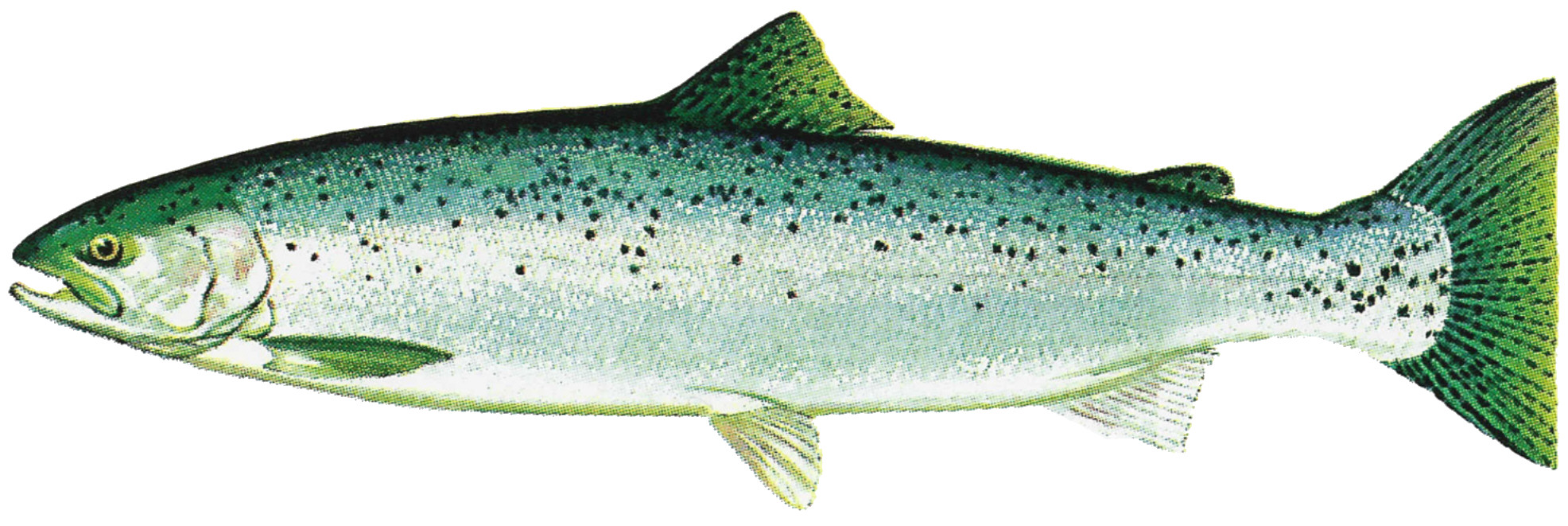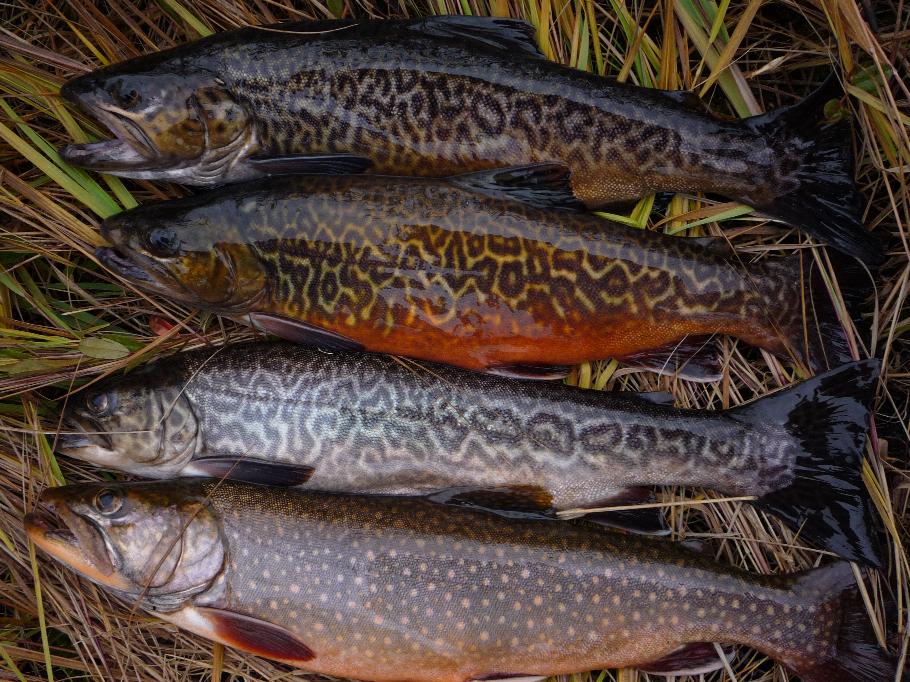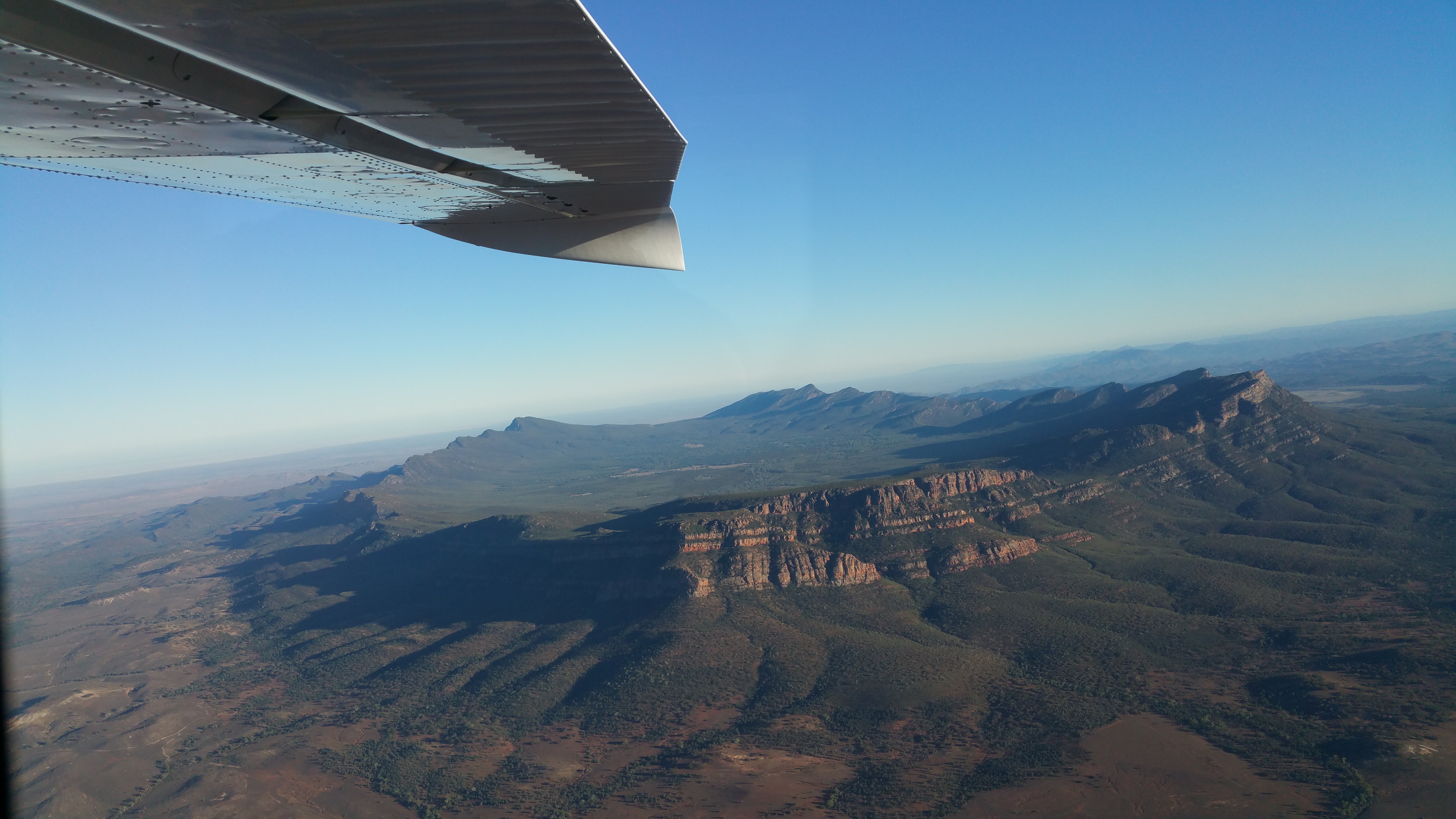|
Lake Musters And Lake Colhué Huapí
Lake Musters and Lake Colhué Huapi (, at altitudes of around ) form the terminal stage of the Senguerr River endorheic basin, located in the patagonia, patagonic central region of Argentina in the south of Chubut Province, Chubut province. Closest populated area is Sarmiento, Chubut, Sarmiento, an 8,000 inhabitant former Welsh immigrant colony. The lakes gave their names to the Mustersan and Colhuehuapian South American land mammal ages. Description Inflow The basin lakes are fed mainly by the eastward running Senguerr river which begins its journey in the glacial lakes :es:Lago La Plata, La Plata and :es:Lago Fontana, Fontana in the Andes. The inflow ranges from 35 to 54 m3/sec and varies seasonally and yearly greatly. Outflow Both lakes have naturally a high evaporation process in the dry Patagonian environment by means of strong winds action and solar radiation. In shallow Colhué Huapi evaporation is much increased. In past decades, when excessive inflows did take ... [...More Info...] [...Related Items...] OR: [Wikipedia] [Google] [Baidu] |
Lake Musters
Lake Musters is located in the central Patagonian region of the Argentine Republic, south of the province of Chubut Province, Chubut, and together with Lake Colhué Huapi forms the terminal phase of the current endorheic basin of the Senguerr River. Both lakes are located in the Valle de Sarmiento. Their flow is used to supply drinking water to the towns of Comodoro Rivadavia, Sarmiento, Chubut, Colonia Sarmiento, Rada Tilly and Caleta Olivia. Sport and commercial fishing is also practised in its waters. Toponymy This large body of water was called ‘''Otrón''’ by the former inhabitants of the Chonik (Tehuelche people, Tehuelche) ethnic group, probably belonging to the Aonikenk (southern Tehuelche). The naturalist and geographer Francisco Moreno, Francisco Pascasio Moreno was apparently unaware of this original toponym, and on an exploration in the spring of 1876 he stopped at the lower part of the Colhué Huapi and Otrón lakes, which he named Musters in honour of the E ... [...More Info...] [...Related Items...] OR: [Wikipedia] [Google] [Baidu] |
Sarmiento Department, Chubut
Sarmiento Department is a department of Chubut Province in Argentina. The provincial subdivision has a population of about 8,724 inhabitants in an area of 14,563 km², and its capital city is Sarmiento, which is located around 1,909 km from the Capital federal Buenos Aires, controlled by the government of the Autonomous City of Buenos Aires, is the Capital city, capital and largest city of Argentina. It is located on the southwest of the Río de la Plata. Buenos Aires is classified as an Alpha− glob .... Settlements * Buen Pasto * Sarmiento *Matasiete *Las Pulgas *Los Manantiales *Puerto El Chulengo External linksPatagonia website Departments of Chubut Province {{Chubut-geo-stub ... [...More Info...] [...Related Items...] OR: [Wikipedia] [Google] [Baidu] |
Rainbow Trout
The rainbow trout (''Oncorhynchus mykiss'') is a species of trout native to cold-water tributary, tributaries of the Pacific Ocean in North America and Asia. The steelhead (sometimes called steelhead trout) is an Fish migration#Classification, anadromous (sea-run) form of the coastal rainbow trout or Columbia River redband trout that usually returns to freshwater to Spawn (biology), spawn after living two to three years in the ocean. Adult freshwater stream rainbow trout average between , while lake-dwelling and anadromous forms may reach . Coloration varies widely based on subspecies, forms, and habitat. Adult fish are distinguished by a broad reddish stripe along the lateral line, from gills to the tail, which is most vivid in breeding males. Wild-caught and Fish hatchery, hatchery-reared forms of the species have been transplanted and introduced for food or sport in at least 45 countries and every continent except Antarctica. Introductions to locations outside their nativ ... [...More Info...] [...Related Items...] OR: [Wikipedia] [Google] [Baidu] |
Salvelinus Fontinalis
The brook trout (''Salvelinus fontinalis'') is a species of freshwater fish in the char genus ''Salvelinus'' of the salmon family Salmonidae native to Eastern North America in the United States and Canada. Two ecological forms of brook trout have been recognized by the US Forest Service. One ecological form is long-lived potamodromous populations in Lake Superior known as coaster trout or coasters. The second ecological form is the short-living predaceous anadromous populations which are found in northern lakes and coastal rivers from Long Island to Hudson Bay, which are referred to as salters. In parts of its range, it is also known as the eastern brook trout, speckled trout, brook char (or charr), squaretail, brookie, or mud trout, among others. Adult coaster brook trout are capable of reaching sizes over 2'' ''feet in length and weigh up to 6.8'' ''kg (15'' ''lb), whereas adult salters average between 6 and 15'' ''inches in length and weigh between 0.5 and ... [...More Info...] [...Related Items...] OR: [Wikipedia] [Google] [Baidu] |
Salmonidae
Salmonidae (, ) is a family (biology), family of ray-finned fish, the only extant member of the suborder Salmonoidei, consisting of 11 extant genera and over 200 species collectively known as "salmonids" or "salmonoids". The family includes salmon (both Atlantic and Pacific species), trout (both ocean-going and landlocked), Salvelinus, char, Thymallus, graylings, freshwater whitefishes, taimens and lenoks, all coldwater fish, coldwater mid-trophic level, level predatory fish that inhabit the subarctic and cool temperate waters of the Northern Hemisphere. The Atlantic salmon (''Salmo salar''), whose Latin name became that of its genus ''Salmo'', is also the eponym of the family and order names. Salmonids have a relatively primitive appearance among teleost fish, with the pelvic fins being placed far back, and an adipose fin towards the rear of the back. They have slender bodies with rounded fish scale, scales and forked caudal fin, tail fins, and their fish jaw, mouths contain a si ... [...More Info...] [...Related Items...] OR: [Wikipedia] [Google] [Baidu] |
Odontesthes Microlepidotus
''Odontesthes'' is a genus of Neotropical silversides. They are found in fresh, brackish and salt water habitats in the southern half of South America (north to Brazil and Peru), as well as the offshore Juan Fernández and Falkland Islands. Additionally, '' O. bonariensis'' has been introduced to other continents. The different ''Odontesthes'' species are generally quite similar in their appearance and some have been known to hybridize. Some are commercially important and the target of fisheries. Species Several ''Odontesthes'' were formerly included in the genus '' Basilichthys'' instead. The currently recognized species of ''Odontesthes'' are: * '' Odontesthes argentinensis'' (Valenciennes, 1835) * '' Odontesthes bicudo'' L. R. Malabarba & Dyer, 2002 * ''Odontesthes bonariensis'' (Valenciennes, 1835) (Argentinian silverside) * '' Odontesthes brevianalis'' ( Günther, 1880) * '' Odontesthes crossognathos'' Juliana M. Wingert, Juliano Ferrer, Mayara P. Neves, Dirceu Baumga ... [...More Info...] [...Related Items...] OR: [Wikipedia] [Google] [Baidu] |
Percichthys Trucha
''Percichthys'' is a genus of temperate perches native to freshwater habitats in Argentina and Chile. The earliest fossil member of the genus is ''Percichthys hondoensis'' from the early Eocene of Argentina. Species The currently recognized species in this genus are: * ''Percichthys chilensis'' Girard, 1855 * ''Percichthys colhuapiensis'' MacDonagh, 1955 (largemouth perch) * ''Percichthys laevis'' ( Jenyns, 1840) * ''Percichthys melanops'' Girard, 1855 * '' Percichthys trucha'' (Valenciennes Valenciennes (, also , , ; ; or ; ) is a communes of France, commune in the Nord (French department), Nord Departments of France, department, Hauts-de-France, France. It lies on the Scheldt () river. Although the city and region experienced ..., 1833) (creole perch) References Percichthyidae Taxonomy articles created by Polbot {{Centrarchiformes-stub ... [...More Info...] [...Related Items...] OR: [Wikipedia] [Google] [Baidu] |
Mesotrophic Lake
The Trophic State Index (TSI) is a classification system designed to rate water bodies based on the amount of biological productivity they sustain. Although the term "trophic index" is commonly applied to lakes, any surface water body may be indexed. The TSI of a water body is rated on a scale from zero to one hundred. Under the TSI scale, water bodies may be defined as: * oligotrophic (TSI 0–40, having the least amount of biological productivity, "good" water quality); * mesotrophic (TSI 40–60, having a moderate level of biological productivity, "fair" water quality); or * eutrophic to hypereutrophic (TSI 60–100, having the highest amount of biological productivity, "poor" water quality). The quantities of nitrogen, phosphorus, and other biologically useful nutrients are the primary determinants of a water body's TSI. Nutrients such as nitrogen and phosphorus tend to be limiting resources in standing water bodies, so increased concentrations tend to result in increased ... [...More Info...] [...Related Items...] OR: [Wikipedia] [Google] [Baidu] |
Tectonic Basin
A structural basin is a large-scale structural geology, structural formation of rock stratum, strata formed by tectonics, tectonic warping (Fold (geology), folding) of previously flat-lying strata into a syncline fold. They are geological depression (geology), depressions, the inverse of dome (geology), domes. Elongated structural basins are a type of geological Trough (geology), trough. Some structural basins are sedimentary basins, aggregations of sediment that filled up a depression or accumulated in an area; others were formed by tectonic events long after the sedimentary layers were deposited. Basins may appear on a geologic map as roughly circular or elliptical, with concentric layers. Because the strata dip toward the center, the exposed strata in a basin are progressively younger from the outside in, with the youngest rocks in the center. Basins are often large in areal extent, often hundreds of kilometers across. Structural basins are often important sources of coal, ... [...More Info...] [...Related Items...] OR: [Wikipedia] [Google] [Baidu] |
Golfo San Jorge Basin
The Golfo San Jorge Basin () is a hydrocarbon-rich sedimentary basin located in eastern Patagonia, Argentina. The basin covers the entire San Jorge Gulf and an inland area west of it, having one half located in Santa Cruz Province and the other in Chubut Province. The northern boundary of the basin is the North Patagonian Massif while the Deseado Massif forms the southern boundary of the basin. The basin has largely developed under condition of extensional tectonics, including rifting. The basin is of paleontological significance as it hosts six out of 22 defining formations for the SALMA classification, the geochronology for the Cenozoic used in South America. At the center of the basin accumulated sediments reach more than of thickness. Oil was first discovered in 1907 and over the years it has become the second most productive hydrocarbon basin in Argentina after Neuquén Basin. Stratigraphy The stratigraphy of the Golfo San Jorge Basin covers the following units:Raigem ... [...More Info...] [...Related Items...] OR: [Wikipedia] [Google] [Baidu] |
Cretaceous
The Cretaceous ( ) is a geological period that lasted from about 143.1 to 66 mya (unit), million years ago (Mya). It is the third and final period of the Mesozoic Era (geology), Era, as well as the longest. At around 77.1 million years, it is the ninth and longest geological period of the entire Phanerozoic. The name is derived from the Latin , 'chalk', which is abundant in the latter half of the period. It is usually abbreviated K, for its German translation . The Cretaceous was a period with a relatively warm climate, resulting in high Sea level#Local and eustatic, eustatic sea levels that created numerous shallow Inland sea (geology), inland seas. These oceans and seas were populated with now-extinct marine reptiles, ammonites, and rudists, while dinosaurs continued to dominate on land. The world was largely ice-free, although there is some evidence of brief periods of glaciation during the cooler first half, and forests extended to the poles. Many of the dominant taxonomic gr ... [...More Info...] [...Related Items...] OR: [Wikipedia] [Google] [Baidu] |
George Chaworth Musters
George Chaworth Musters (1841–1879) was a British Royal Navy commander and traveller, known as the "King of Patagonia". Life He was born in Naples while his parents were travelling, 13 February 1841, the son of John George Musters of Wiverton Hall, Nottinghamshire, formerly of the 10th Royal Hussars, and his wife Emily, daughter of Philip Hamond of Westacre, Norfolk. His paternal grandparents were John Musters of Colwick Hall, Nottinghamshire, "the king of gentlemen huntsmen", who had married in 1805 Mary Anne Chaworth, heiress of Chaworth of Annesley Hall, Nottinghamshire, the "Mary" of Lord Byron's poem, '' The Dream''. Musters was one of three children. His father dying in 1842, and his mother in 1845, Musters was brought up mainly by his mother's brothers, one of whom, Robert Hamond, had sailed with Admiral Robert Fitzroy in HMS ''Beagle''. He went to school at Saxby's in the Isle of Wight, and Green's at Sandgate, Kent, and then to Burney's academy at Gosport, to prep ... [...More Info...] [...Related Items...] OR: [Wikipedia] [Google] [Baidu] |








